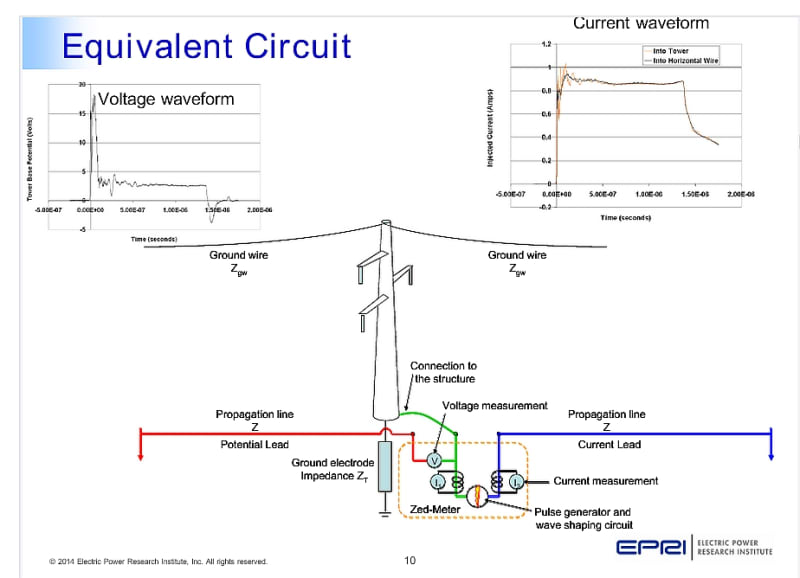KillBill7
Electrical
- Feb 10, 2017
- 61
Anyone here has experience with measuring ground resistance of tower/ structure footing? What testing tools are typically used by utilities to determine the footing resistance? We recently had few back flashovers on our power lines, so we are doing the root cause analysis and starting with the structure footing resistance.

